Akoranga 20 Mahi Tuatahi 🔗
- Open Google Classroom
- Find The Alpine Fault
- Listen to the podcast and answer the questions

Te Whāinga Ako 🔗
- How earthquakes, volcanic eruptions, and landslides can cause tsunamis
Write the date and ngā whāinga ako in your book
Tsunamis: The 4 Causes 🔗
- Offshore earthquakes
- Volcanic eruptions
- Landslides into water
- Submarine avalanches
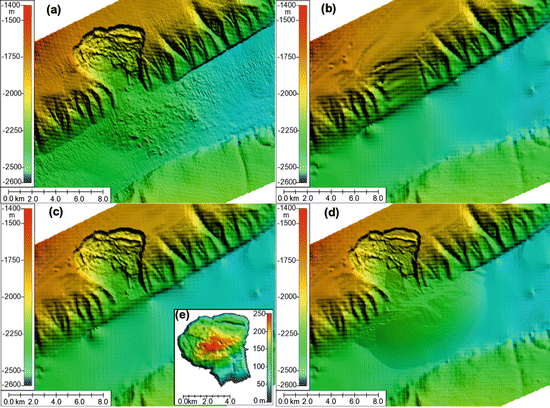
Rangahau/Research 🔗
- Complete the TedED Tsunami task on Google Classroom. Add descriptions to the screencapped images of how a tsunami forms.
- Causes of tsunamis sheet on Google Classroom. Read the information and answer the 4 questions at the bottom of the page.
- Textbook pg. 180 onwards
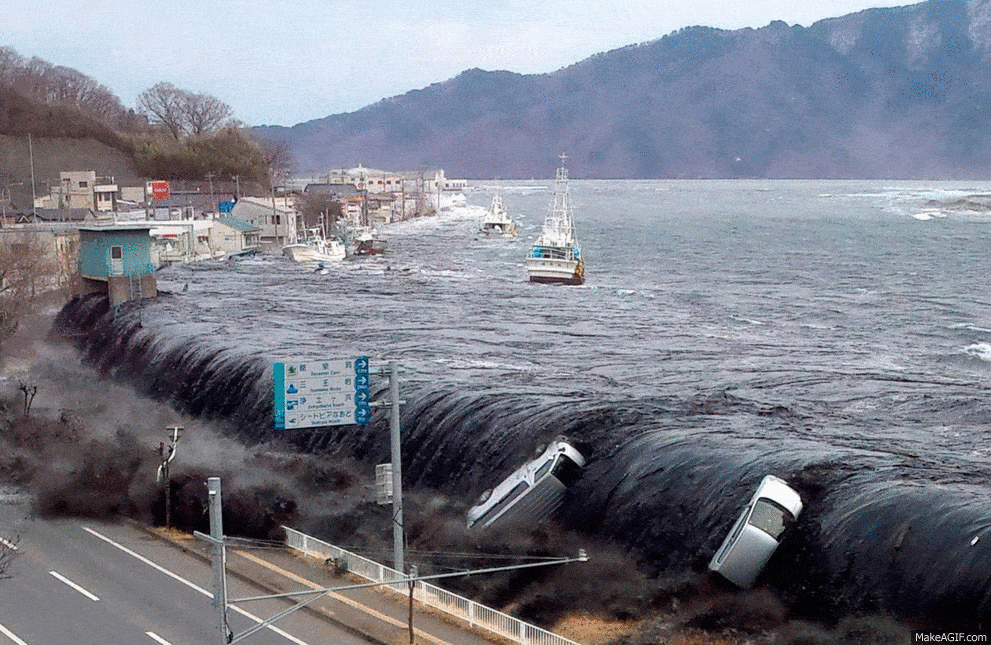
Akoranga 23 Mahi Tuatahi 🔗
- Describe what causes a tsunami
- What are the three major events which cause tsunamis?
- Why is NZ at risk of tsunamis, and where might some hit NZ?
- Why are some of the telltale signs that a tsunami is coming?

Recap 🔗
Any movement on the ocean floor displaces the water above it and launches huge rolling waves of energy that will become a tsunami.
This movement can be caused by:
- Earthquakes
- Volcanic eruptions
- Submarine avalanches
A tsunami can also be caused by landslides. Landslides occur when large amounts of rock are displaced and fall into the ocean.
As tsunami waves approach shore lines and enter shallower water, they slow down and begin to grow in height. This is called shoaling.
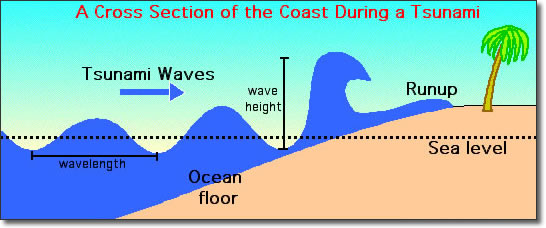
Submarine Avalanches 🔗
- When an underwater avalanche (landslip) occurs, the force of the slip causes water to be dragged in a downward direction
- This results in it being rapidly drawn in an upwards direction, like a spring, and the energy is released as a tsunami wave
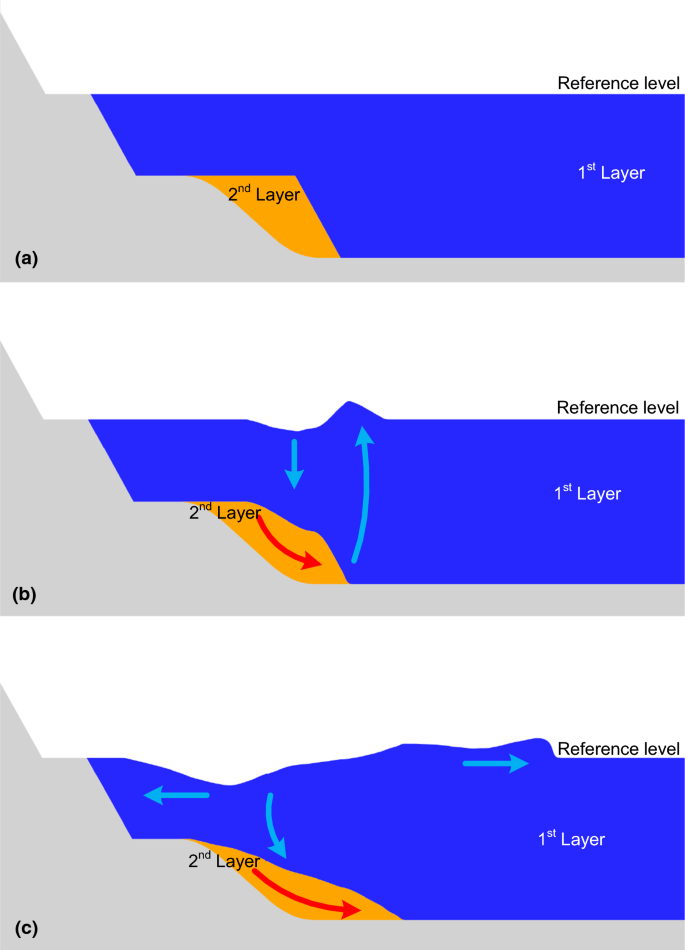
Landslides 🔗
- A landslide is a movement of rock, sediment and vegetation caused by seismic shaking or slope instability
- When land is suddenly displaced, and enters the water, it generates a lot of energy
- This energy is transferred to kinetic energy in the water, which can cause a large tsunami
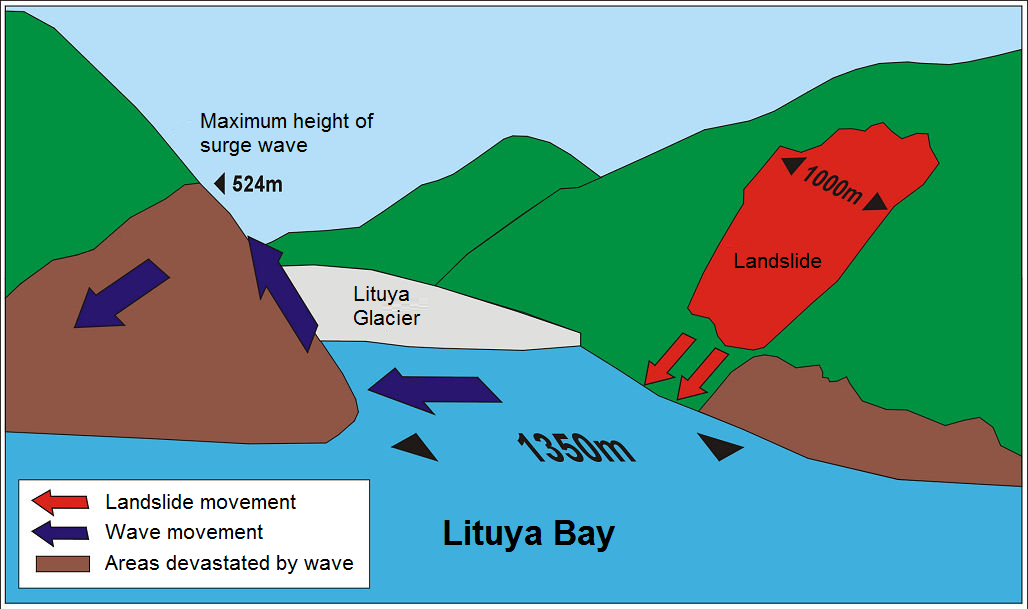
- Land that is displaced from higher up has more gravitational potential energy. When it is displaced it converts this into kinetic energy.
- If there are cliffs restricting water, such as in a fiord, the water that is displaced cannot disperse energy in a horizontal direction. Instead it moves upwards, damaging the surrounding cliff.
- The larger the mass of displaced rock, the larger the wave
- The higher the the rock has to fall, the larger the resulting wave because it has converted more energy

The 1958 Lituya Bay tsunami event in Alaska showing the maximum recorded tsunami runup of 524 m in the direction of landslide prolongation inside Gilbert Inlet (Fritz et al., 2001).
Task/Ngohe 🔗
- Get out your past exam paper
- Read through the first question to remind yourself of your question plan
- Spend the rest of the period answering the question on paper
- Hand in the question at the end of the period